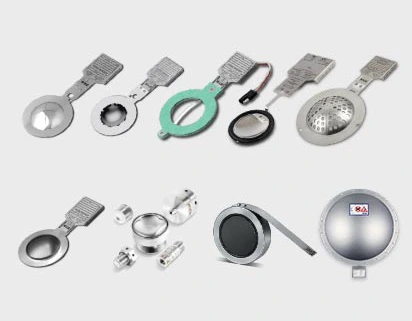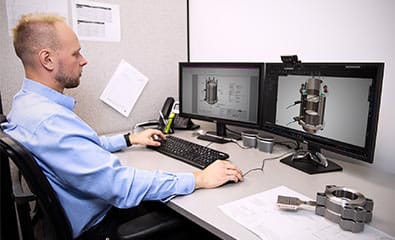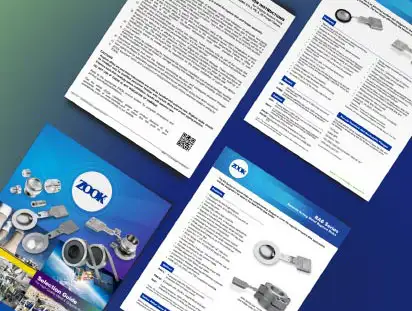CAN YOU REUSE A ZOOK RUPTURE DISK?
Just like other mechanical equipment, it may be apt to think that maintenance would allow a rupture disk to be reused.
However, as a rupture disk is a passive device with no moving parts, there is no maintenance that can be performed to extend the service life. Generally, ZOOK suggest that a rupture disk be replaced yearly provided that there is no material degradation due to corrosion or abrasion. It is possible to use the rupture disk beyond this period if the user has a complete understanding over the impact of the process on the disk’s performance and its service life.
There may be instances when the safety device has to be removed from the flange connection for inspection and pipe retrofitting purposes. In this situation, reuse of the rupture disk is only allowed for pre-torque style holders as the holder maintains load and metal-bite sealing on the disk. At all other times, it is NOT recommended to reuse a disk that had been removed from flanges even if it has not ruptured. Due to the impression made on the seating area during the original installation, re-installation may adversely affect the sealing capabilities and the performance of the rupture disk.

It is also possible to reuse a standard ZOOK Graphite Rupture Disk as it does not require a holder which is the case with most metal rupture disks. However, the gaskets of the correct size MUST be replaced during re-installation to ensure sealing, and caution must be exercised not to damage the disk in any way. It is recommended to specify armored disks as the steel ring would aid installation by blocking extraneous structural stresses as well as uneven flange bolting stresses from reaching the pressure sensitive membrane of the disk.
Always consult ZOOK if there is any question on whether a rupture disk is suitable for reuse. ZOOK service personnel are available 24/7, 365 days a year for consultation.







